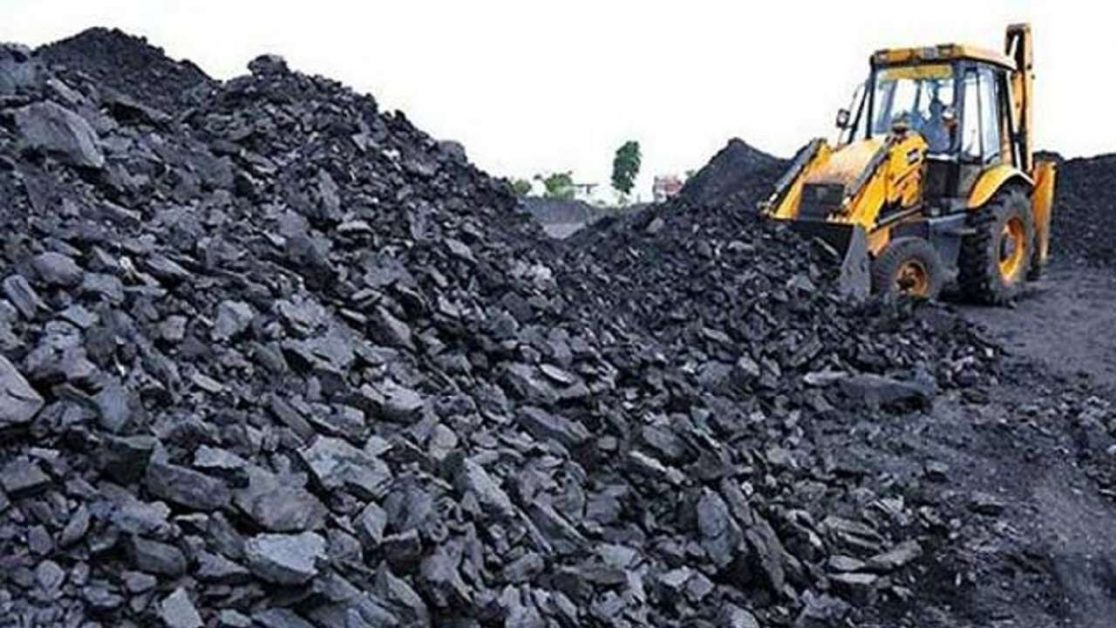The second round of auction is likely to take place in January. The number of blocks to be given for auction has not been decided as yet because the ministry is conducting stage -1 trial with the blocks, Nagaraju said adding that more researched coal blocks would offer for the second round of auction.
The government would rationalise the slew of taxes on the coal to make prices competitive against imported coal. “This should be done keeping in view the government’s import substitution targets and make the second round of coal blocks auction more attractive by enabling prices of commercial coal to be competitive in the open market,” said M. Nagaraju, additional secretary, ministry of coal.
The second round of auction is likely to take place in January. The number of blocks to be given for auction has not been decided as yet because the ministry is conducting stage -1 trial with the blocks, Nagaraju said adding that more researched coal blocks would offer for the second round of auction.
There were 60% success factors in the last round of the auction but rationalising statutory levies and rail freight would take it to a higher percentage. “The present railway freight makes an average 45% of the coal cost and prices at the consumer’s point go beyond an average of Rs 3,500/ tonne, which at the pit head costs an average Rs 850/ tonne. Domestic coal needs to be made competitive to draw importers towards using more Indian coal,” Nagaraju said at the mjunction’s Indian Coal Markets Conference.
The heat value derived from the imported coal was another factor to be tackled with technology and handling, SN Tiwary, Coal India’s director marketing said. Imports were mainly made of high-grade Metallurgical coal for blending with high ash thermal coal between G-8 to G-17 grade, abundant in India. Some power plants were even designed for running with only imported coal.
Indian coal’s heterogeneity with extraneous materials and its contamination after mining disturb consumers. Contamination can be reduced with the mined coals directly loaded to railway wagons or trucks avoiding the ground. Continuous miners and scrapers take away extraneous materials realising better heat value of the coal.
Coal India has started working on the mechanism as a strategy for import substitution to up to 80-85 million tonnes against the government’s given a target of 100 mts this year. “The coastal power plants, using imported coal, have been asked to give a structured proposal for lessening freight rates and taxes on domestic coal for import reduction from their side,” said Tiwary. Imports, this fiscal, have been estimated to come down to 150-160 mts against 247 mts imported in FY 20, added Vinay Prakash, director Adani Resources.
Source: Financial Express







